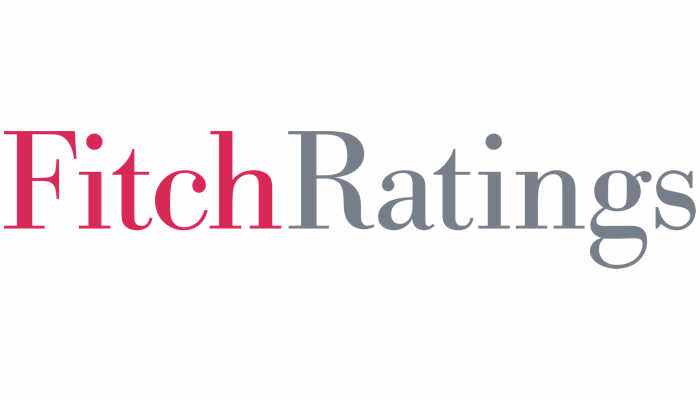According to Fitch Ratings, German non-life insurers’ profitability will start to recover from historical lows in 2025, with weak returns continuing to be seen in 2024 due to low investment income and higher reinsurance costs. However, the agency stated that these cannot be directly passed to policyholders due to claims inflation already “hitting hard on tariffs.”
 The German non-life insurance sector is currently experiencing a very low return on equity, which is mostly being driven by still weak investment returns.
The German non-life insurance sector is currently experiencing a very low return on equity, which is mostly being driven by still weak investment returns.
In addition, German non-life insurers’ net investment income fell to €4 billion in 2023 from €6 billion in 2014 despite investments increasing by more than a third over the period.
Fitch explained that it expects investment returns to recover to at least €6 billion from 2026, driven by the increase in yields since 2020.
Moreover, the agency also noted that it expects premium growth to compensate for claims inflation and rising reinsurance costs in 2024 and 2025.
“We therefore forecast stable underwriting earnings in 2024 and a slight improvement for 2025, based on further rate increases. Persistent claims inflation and higher reinsurance costs resulted in lower underwriting profitability with the average non-life combined ratio weakening to 99% in 2023 from 92% in 2020,” analysts said.
Moving forward, analysts also forecast the German motor line to report a net combined ratio of 104% for 2024, improving from the 107% recorded in 2023.
Despite similar issues as buildings insurance, Fitch also expects motor to return to underwriting profitability more quickly as policyholders tend to exchange their cars every few years, which allows for insurers to fully price the cost increases at this point.
Further, analysts also noted that they expect the German non-life insurance market to maintain its very strong capitalisation and high reserve adequacy, supported by additional buffers typically booked within claims reserves.
“We believe the market maintained its strong reserving practices in 2023. Our view on capital is supported by the insurers’ stable average Solvency II (S2) ratio of 280% at end-2022 and we expect the S2 ratio to remain stable at comfortable levels,” analysts said.


